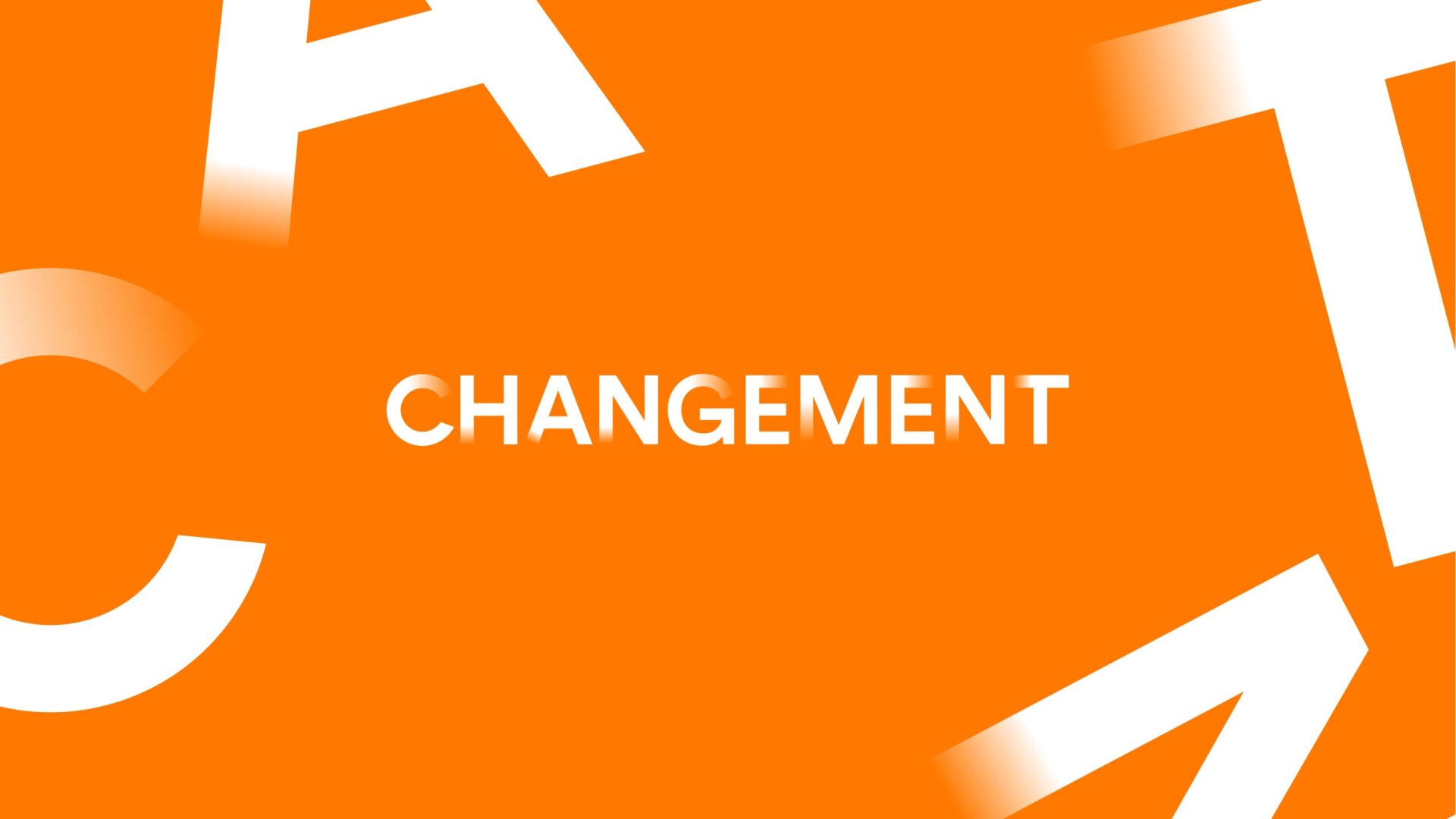
Building tomorrow when tomorrow keeps changing
The world feels like it’s spinning faster every day.
AI is reshaping entire industries overnight.
Climate change is forcing rapid pivots.
Geopolitics shifts markets in real time.
In this chaos, the old advice to “skate to where the puck will be” starts to feel almost quaint. How do you aim for a target that won’t stop moving?
I’ve been thinking about this challenge a lot lately, especially as I watch brilliant teams struggle to predict what’s next.
The traditional approach of forecasting trends and building toward them works well in stable times. But when the hockey rink itself keeps changing shape, maybe we need a different playbook.
Why prediction is getting harder
The problem isn’t just that change is faster. It’s that changes now create ripple effects that touch everything else. When ChatGPT launched, it didn’t just change AI companies. It shifted how people think about writing, learning, customer service, coding, and countless other fields. These interconnected effects make linear prediction nearly impossible.
Think about how the pandemic scrambled every forecast. Companies that bet on remote work early looked brilliant, while others scrambled to catch up. But even the winners couldn’t have predicted exactly how it would unfold. The companies that thrived weren’t necessarily the ones with the best predictions. They were the ones that could adapt quickly to whatever came next.
The things that never change
Here’s what I’ve learned: instead of trying to predict the unpredictable, focus on what remains constant about people and business. These fundamentals don’t change, even when everything else does.
People will always want things that make their lives easier, better, or more meaningful.
They want to feel connected, valued, and secure.
They want problems solved with less effort.
They want status and belonging.
These drives haven’t changed since we lived in caves, and they won’t change in a world of AI and virtual reality.
In business, certain principles endure. Companies that create real value for customers succeed. Efficiency and execution matter. Trust and reputation are assets. Good products spread through word of mouth. Cash flow keeps the lights on.
These aren’t revolutionary insights, but they’re the foundation everything else builds on. As leaders navigate this complexity, strategic flexibility becomes essential for long-term success.
As Amazon’s Jeff Bezos once said, “I very frequently get the question: ‘What’s going to change in the next 10 years?’ And that is a very interesting question; it’s a very common one. I almost never get the question: ‘What’s not going to change in the next 10 years?’ And I submit to you that that second question is actually the more important of the two.”
How to innovate around constants
The most successful innovations I’ve seen don’t try to predict specific futures. Instead, they double down on human constants and build flexible systems around them. They create solutions that will matter regardless of which particular changes happen next.
Take Stripe, which focused on the constant need for simple payments rather than trying to predict exactly how e-commerce would evolve.
Or Airbnb, which tapped into the eternal human desires for belonging and unique experiences, building a platform flexible enough to thrive through economic downturns, pandemics, and shifting travel patterns.
These companies built on bedrock human needs, then stayed flexible about execution.
This approach works because it lets you be both stable and adaptable. Your core value proposition doesn’t shift with every trend, but your methods can evolve rapidly. You’re not trying to guess the future; you’re building something valuable no matter what future arrives.
Practical strategies for uncertain times
Start with problems that feel fundamental rather than trendy.
Look for frustrations that have existed for years or decades, not just ones that emerged last month.
The internet didn’t eliminate the need for convenient shopping; it just changed how Amazon could solve it.
AI won’t eliminate the need for human connection; it will change how companies can facilitate it.
Build modular and flexible systems. Instead of creating rigid solutions for specific scenarios, design platforms that can adapt.
The most resilient companies I know have architectures that let them pivot quickly when conditions change. They optimize for learning speed over prediction accuracy.
Stay close to customers and watch for shifting behaviors rather than trying to forecast them. Regular customer conversations reveal changing needs in real time. What matters isn’t predicting that remote work would grow; it’s noticing when your customers start asking for different features because they’re working from home.
Invest in capabilities, not just specific outcomes. The companies thriving through recent disruptions often had strong foundations in areas like data, automation, or customer relationships.
These assets proved valuable across multiple scenarios, even ones they hadn’t planned for.
The long view in a short-term world
The paradox of our fast-moving world is that taking a longer view often helps you move faster.
When you build on constants rather than chasing trends, you waste less time pivoting and repositioning. You can invest more deeply in capabilities that will compound over time.
This approach aligns with building sustainable competitive advantages that endure through market cycles.
This doesn’t mean ignoring change or moving slowly. It means being selective about which changes to chase and which foundations to protect.
The most innovative companies I know are simultaneously conservative about their core principles and aggressive about tactical execution.
Think of it like this: if you’re driving through a storm, you don’t constantly change your destination. You hold steady on where you’re going but adjust how you get there based on current conditions. The GPS might reroute you ten times, but you still end up where you intended.
The future will keep surprising us. Technologies will emerge we haven’t imagined. Markets will shift in ways we can’t predict.
But the companies that thrive will be the ones that remember what doesn’t change about people and business, then build adaptable solutions around those constants.
In a world where the puck keeps moving, maybe the goal isn’t to predict where it’s going.
Maybe it’s to get really good at skating to wherever it ends up, while keeping your eye on what remains constant about the game itself.


